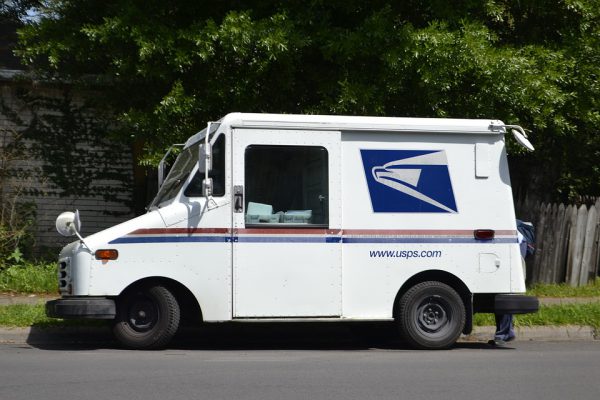5 Ways USPS is Staying Competitive
 The U.S. Postal Service’s (USPS) obligations as an independent agency of the United States Federal Government has often put it at a disadvantage when competing against companies like FedEx and UPS. It developed a reputation as the more costly and way slower option for package delivery. In recent years, though, USPS has found innovative ways to remain competitive against its private rivals.
The U.S. Postal Service’s (USPS) obligations as an independent agency of the United States Federal Government has often put it at a disadvantage when competing against companies like FedEx and UPS. It developed a reputation as the more costly and way slower option for package delivery. In recent years, though, USPS has found innovative ways to remain competitive against its private rivals.
1. Keeping Prices Low to Attract Online Retailers
The option to purchase items online has changed the retail and delivery industries. USPS has remained competitive by keeping its package delivery prices low. In 2017, USPS’s lower rates helped it attract 40 percent of Amazon’s deliveries while UPS and FedEx delivered a combined 35 to 45 percent.
2. Free Services
UPS and FedEx have many hidden fees. They add surcharges when people want items delivered on Saturdays, to change an incorrect address on a package, and to deliver packages to rural areas.
USPS does all of those extras without charging more.
3. Enhanced Tracking
Customers and vendors alike, value the ability of tracking their packages.
For several years, private companies offered better tracking features than USPS. That’s no longer true. USPS now scans items up to 13 times between sender and receiver.
When customers visit the USPS tracking web page, they can even:
- Instruct mail carriers where to place deliveries.
- View a delivery’s progress without entering the tracking number.
- Sign up for text and email alerts.
- Look at pictures of incoming deliveries.
No private company offers such useful tracking options.
4. More Options for International Shipping
USPS International delivers to more than 180 countries. It also lets customers choose between four delivery options:
- Global Express Guaranteed, which reaches destinations within 3 business days.
- Priority Mail Express International, which guarantees delivery within 3 to 5 business days.
- Priority Mail International, which reaches destinations in 6 to 10 business days.
- First-Class Mail International, which can cost as little as $1.15.
Plus, the post office gives its customers free packaging for international orders.
5. The Only Carrier that Delivers to PO Boxes and Military Addresses
When a company wants to deliver something to a PO Box or military address, it has to use USPS. When FedEx and UPS deliver to PO Boxes, they use USPS as the last leg of delivery. It’s almost always cheaper, easier, and faster to send the package through USPS instead of getting FedEx or UPS involved.
USPS has faced a lot of challenges, but it keeps finding inventive ways to compete with private delivery companies. With more options and lower rates, retailers and individuals will keep choosing USPS.